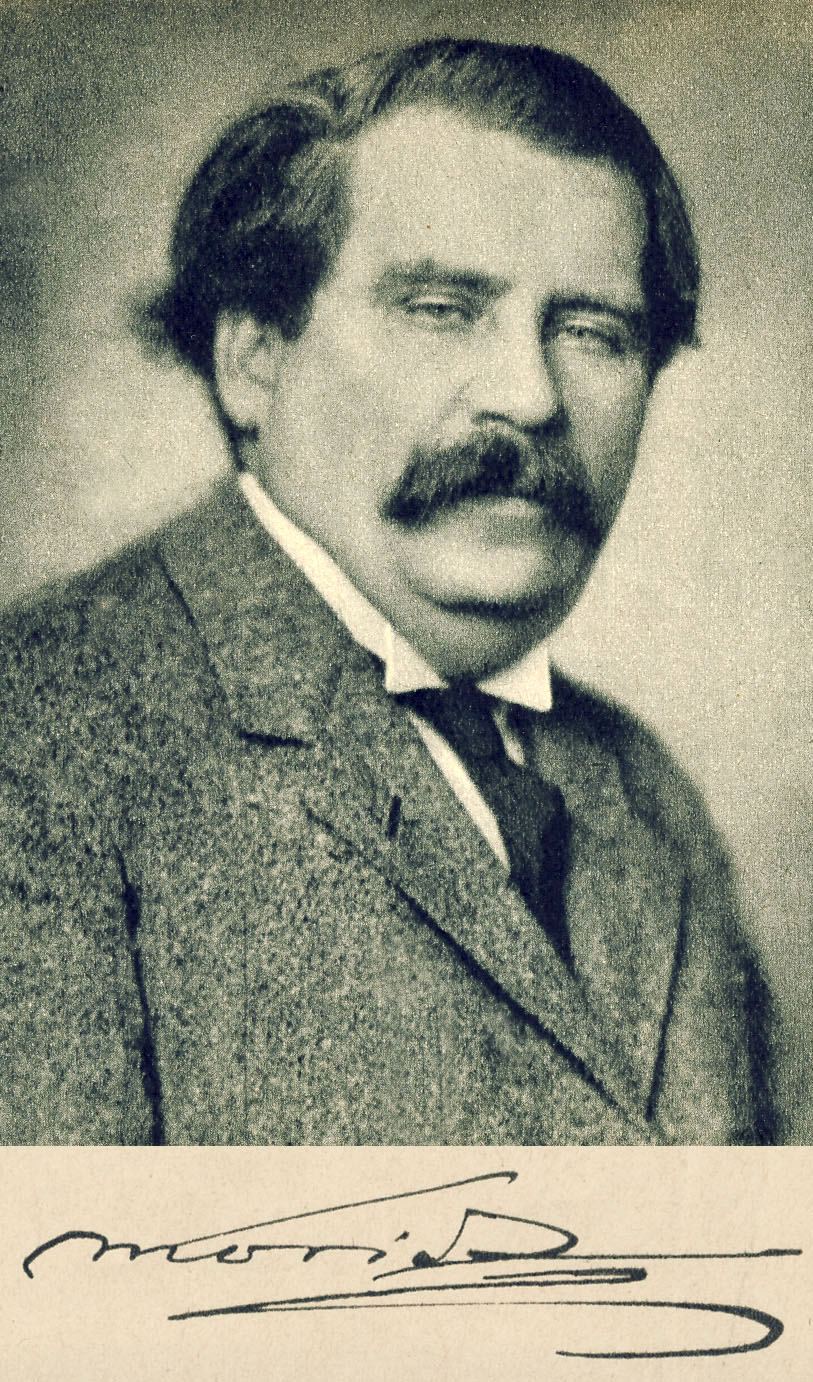Zsigmond Móricz on:
[Wikipedia]
[Google]
[Amazon]
 Zsigmond Móricz (; 29 June 1879, Tiszacsécse – 4 September 1942) was a major Hungarian novelist and
Zsigmond Móricz (; 29 June 1879, Tiszacsécse – 4 September 1942) was a major Hungarian novelist and
Béla Bartók and turn-of-the-century
Budapest, University of California Press. p. 47 He studied at ''
Babelguides: Zsigmond Móricz
* 1879 births 1942 deaths People from Szabolcs-Szatmár-Bereg County Hungarian male novelists Burials at Kerepesi Cemetery 20th-century Hungarian novelists 20th-century Hungarian male writers {{Hungary-writer-stub
 Zsigmond Móricz (; 29 June 1879, Tiszacsécse – 4 September 1942) was a major Hungarian novelist and
Zsigmond Móricz (; 29 June 1879, Tiszacsécse – 4 September 1942) was a major Hungarian novelist and Social Realist
Social realism is the term used for work produced by painters, printmakers, photographers, writers and filmmakers that aims to draw attention to the real socio-political conditions of the working class as a means to critique the power structure ...
.
Biography
Zsigmond Móricz was born in Tiszacsécse in 1879 to Bálint Móricz and Erzsébet Pallagi. On his mother's side, he came from an impoverished but ancient noble family while his father was the descendant ofserfs
Serfdom was the status of many peasants under feudalism, specifically relating to manorialism, and similar systems. It was a condition of debt bondage and indentured servitude with similarities to and differences from slavery, which developed ...
.Judit Frigyesi (2000Béla Bartók and turn-of-the-century
Budapest, University of California Press. p. 47 He studied at ''
Debrecen
Debrecen ( , is Hungary's second-largest city, after Budapest, the regional centre of the Northern Great Plain region and the seat of Hajdú-Bihar County. A city with county rights, it was the largest Hungarian city in the 18th century and ...
theology
Theology is the systematic study of the nature of the divine and, more broadly, of religious belief. It is taught as an academic discipline, typically in universities and seminaries. It occupies itself with the unique content of analyzing th ...
, but transferred into law after only six months.
In 1903, he began to work as a journalist at the newspaper ''Az Újság'', remaining there until 1909.
During the revolutionary government after World War I
World War I (28 July 1914 11 November 1918), often abbreviated as WWI, was one of the deadliest global conflicts in history. Belligerents included much of Europe, the Russian Empire, the United States, and the Ottoman Empire, with fightin ...
, he was vice president of the Vörösmarty Academy. After its fall, his plays were not performed in the National Theater, and his work was published only in ''Nyugat
''Nyugat'' ( Hungarian for ''West''; pronounced similar to ''New-Got''), was an important Hungarian literary journal in the first half of the 20th century. Writers and poets from that era are referred to as "1st/2nd/3rd generation of the NYUGAT" ...
'' and ''Az Est''. At the end of 1929 he became the prose editor for ''Nyugat''.
In 1905 Moricz married Eugénia Holics. Suffering from depression, she committed suicide in 1925. He married for a second time in 1926 to Mária Simonyi.
His novels expressed the lives of the Hungarian peasantry and dealt with issues of poverty.
Works
* ''Kivilágos kivirradtig'' (Until the Small Hours of Morning) (1924) * ''Légy jó mindhalálig'' (Be Faithful Unto Death) (1920) * ''Úri muri'' (Very Merry) (1928) * ''Rokonok'' (Relatives) (1932) * ''Hét krajcár'' (Seven Pennies and Other Short Stories) (1907) * ''Az ezüstkirály sípja. Iromba J'' (Silver King's Flute; Broody Jankó) * ''Sárarany'' (Gold in the Mud: A Hungarian Peasant Novel) (1911) * ''Az Isten háta mögött'' (In the Godforsaken Hinterlands: A Tale of Provincial Hungary) (1911) * ''Árvácska'' (Orphalina) (1941)Legacy
* ''Móricz Zsigmond körtér Móricz Zsigmond körtér ("''Zsigmond Móricz circus''") is a square in Budapest, Hungary.
Located in Újbuda, or Budapest's 11th District at the convergence of some of Budapest's major boulevards '' Béla Bartók út, Villányi út, Fehérvá ...
in Budapest is named after him, as is its metro station
A metro station or subway station is a station for a rapid transit system, which as a whole is usually called a "metro" or "subway". A station provides a means for passengers to purchase tickets, board trains, and evacuate the system in the ...
.
* ''Móricz Zsigmond Gimnázium
''Budapest II. Kerületi Móricz Zsigmond Gimnázium'' is a gymnasium senior high school in District II, Budapest, Hungary. It is named after Zsigmond Móricz.
At one time the Budapest Japanese Supplementary School (''Budapesti Japan Altalanos I ...
'' in Budapest is named after him.
References
External links
* *Babelguides: Zsigmond Móricz
* 1879 births 1942 deaths People from Szabolcs-Szatmár-Bereg County Hungarian male novelists Burials at Kerepesi Cemetery 20th-century Hungarian novelists 20th-century Hungarian male writers {{Hungary-writer-stub